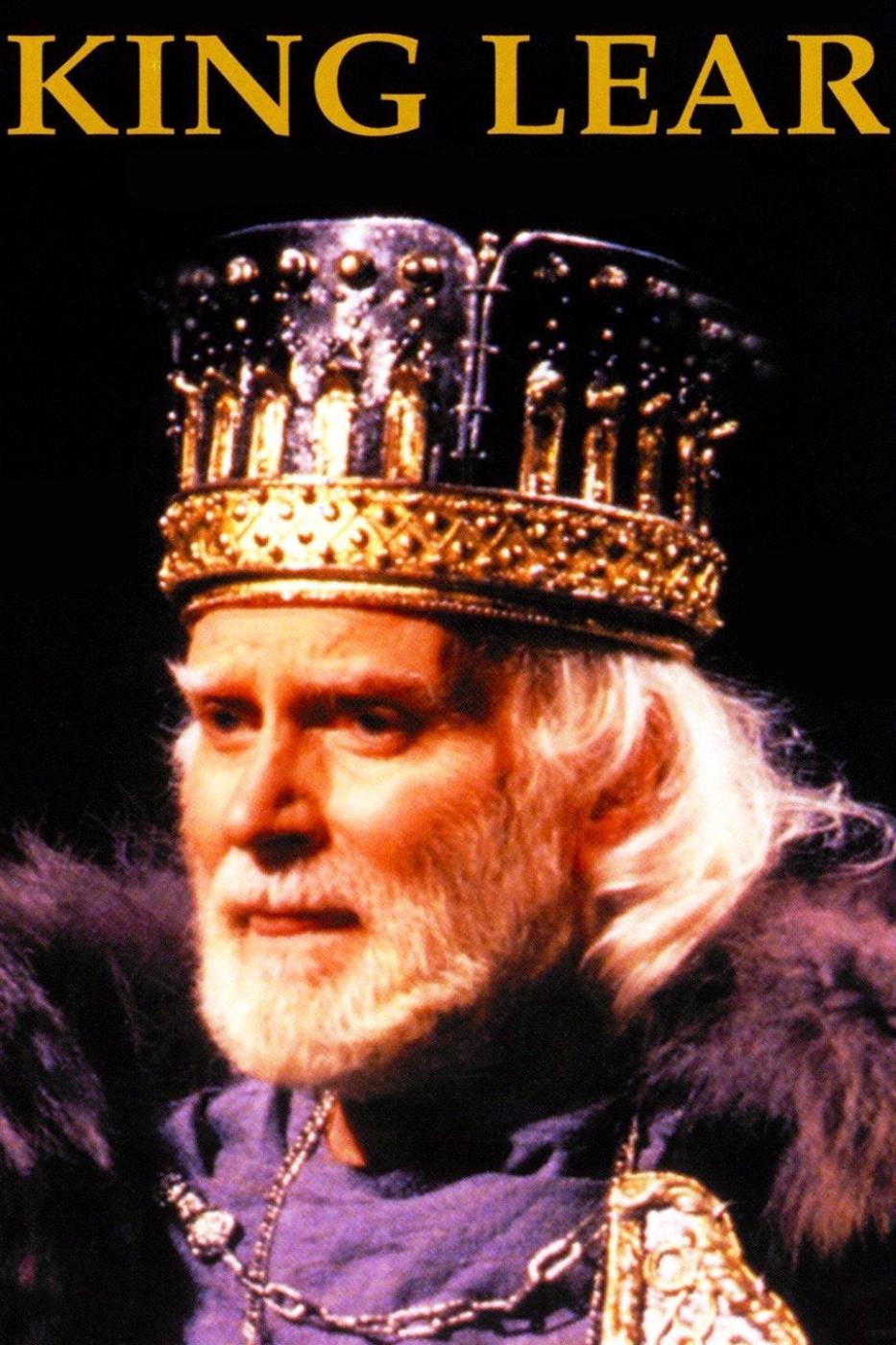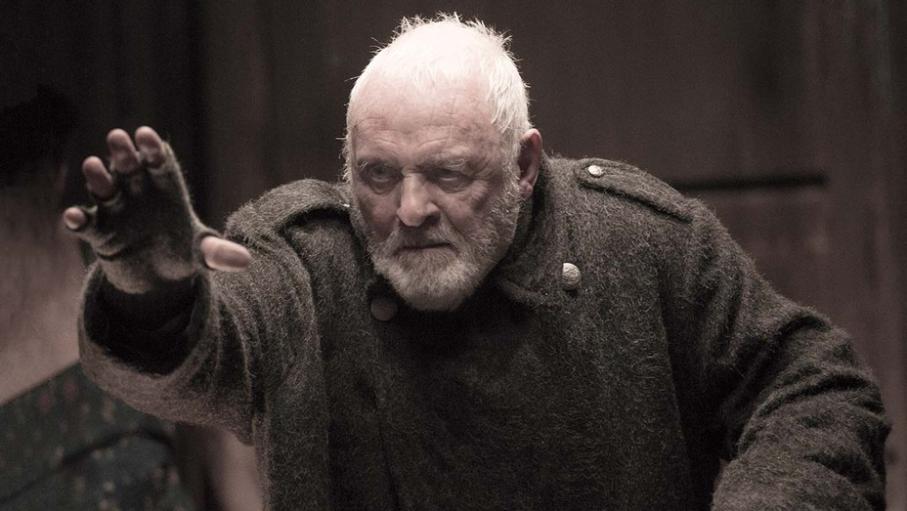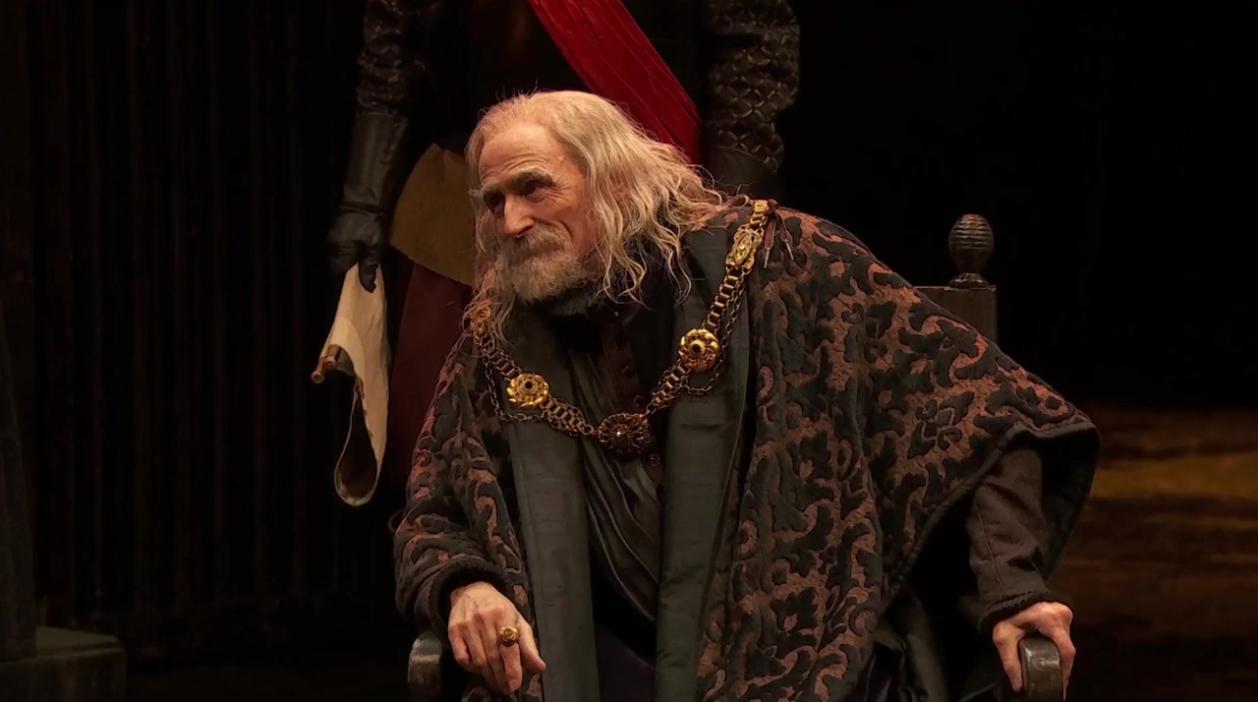How Has King Lear Been Adapted for Film and Stage?
Introduction

King Lear, one of William Shakespeare's most renowned tragedies, has captivated audiences for centuries with its exploration of power, family, and the human condition. Its enduring appeal has led to numerous adaptations across various media, each offering unique interpretations and creative visions. This article delves into the diverse ways in which King Lear has been adapted for film and stage, examining the distinctive perspectives and artistic choices of different artists.
I. Historical Adaptations
Early Adaptations:
- 1681 Adaptation by Nahum Tate: The first known adaptation of King Lear, Tate's version altered the ending to a happier resolution, reflecting the prevailing taste for sentimental drama during the Restoration period.
- 18th and 19th-Century Adaptations: Notable adaptations include David Garrick's 1756 production, which emphasized spectacle and grandeur, and Edmund Kean's portrayal in 1823, renowned for its emotional intensity.
20th-Century Adaptations:
- Peter Brook's 1962 Stage Production: Brook's influential staging stripped the play down to its essentials, using a stark and minimalist approach to focus on the raw emotions and psychological conflicts of the characters.
- Grigori Kozintsev's 1971 Film Adaptation: Kozintsev's visually stunning film adaptation is praised for its faithfulness to the original text and its evocative portrayal of the play's themes and characters.
II. Modern Interpretations

Contemporary Stage Adaptations:
- Deborah Warner's 2016 Production: Warner's innovative staging featured an all-female cast, challenging traditional gender roles and offering a fresh perspective on the play's dynamics.
- Robert Lepage's 2018 Multimedia Adaptation: Lepage's experimental production employed video projections and multimedia elements to create a visually captivating and immersive theatrical experience.
Film Adaptations:
- Akira Kurosawa's 1985 Film Ran: Kurosawa's loose adaptation of King Lear, set in feudal Japan, explores similar themes of power, betrayal, and familial conflict, while incorporating elements of Japanese culture and aesthetics.
- Richard Eyre's 2018 Film Adaptation: Starring Anthony Hopkins, Eyre's film adaptation delves into Lear's descent into madness and the devastating consequences of his actions, offering a powerful and emotionally charged portrayal of the play.
III. Comparative Analysis

Acting Styles:
- Laurence Olivier, Ian McKellen, and Anthony Hopkins: These renowned actors have each brought their unique interpretations to the role of Lear, showcasing different approaches to the character's emotional journey and psychological complexity.
- Impact on Audience Understanding: The distinctive acting styles of these actors have shaped the audience's understanding of Lear's character, highlighting different aspects of his personality and motivations.
Cinematic Techniques:
- Symbolism, Imagery, and Editing: Filmmakers have employed various cinematic techniques to convey Lear's emotional journey and the play's themes. Symbolism, imagery, and editing play crucial roles in creating visual metaphors and enhancing the emotional impact of the story.
- Comparative Analysis: Comparing the use of these techniques in different film adaptations reveals how filmmakers have interpreted and communicated the play's themes and characters in distinct ways.
IV. Cultural And Social Context
Changing Perspectives:
- Cultural and Social Changes: Cultural and social changes over time have influenced the way King Lear is interpreted and adapted. Modern adaptations often address contemporary issues and resonate with current audiences in new and relevant ways.
- Political Interpretations: Different adaptations have explored the political dimensions of the play, examining themes such as the abuse of power, the consequences of tyranny, and the relationship between rulers and their subjects.
V. Conclusion
King Lear's enduring relevance and adaptability as a timeless work of art are evident in the diverse interpretations and adaptations it has inspired across centuries. The play's universal themes and characters continue to resonate with audiences, inviting new generations of artists to explore its depths and offer fresh perspectives. By examining the various adaptations of King Lear, we gain a deeper understanding of the play's enduring power and its ability to reflect and comment on the human condition in ever-changing times.
YesNo

Leave a Reply